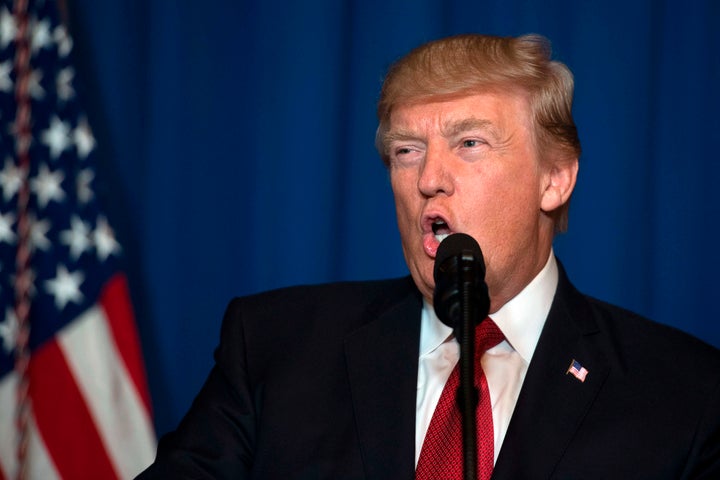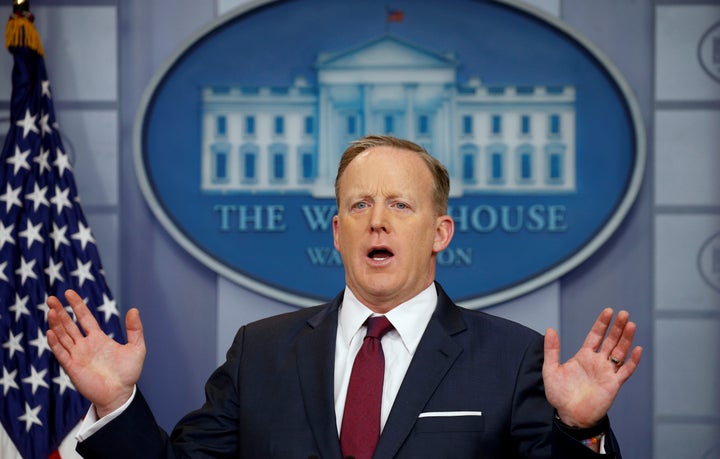
We are two months into the 45th Presidency of the United States and we are in uncharted territory. I have previously described how the human fear response system works and how it can be influenced by modern technology and the 24-hour access to news and information.
To review, there are four factors that we consider cognitively when assessing a potential threat: Proximity (how close the threat is to us), Intensity (how strong the effects of the threat might be), Immediacy (how soon the threat will arrive), and Probability (how likely is it that this threat will affect me personally).
Sadly, in the pseudo-authoritarian sociopolitical climate in which we find ourselves, our thermostat for measuring what is dangerous versus what is safe has been thrown off kilter. We can no longer gather assurances from our leadership in the Executive and Legislative Branches because their activities and policies pass through many non-neutral filters before they reach our ears.
These “filters” include, but are not limited to, the cable news channel we watch, the online news outlet we read, the political talk show to which we listen, or the affiliation of the public official who is delivering a statement.

When the news reaches our ears, it is then processed by several brain regions including the brain’s sensory relay station (the thalamus), the primary fear-expressing nucleus (the amygdala), and our the cortical areas that are responsible for inhibiting or suppressing fear (the prefrontal cortex).
Since his announcement of candidacy, this President (and the media that cover him) have played on the responses of our fear circuits by manipulating the factors that I previously mentioned. Using acts of potential terrorism as an example, the President and his staff would have us believe: (1) threats are closer than they were before (e.g., foreign-born terrorist attacking us within our borders), (2) the potential devastation will be unprecedented (e.g., potential terrorists are pouring into our country in droves), (3) there are countless threats already in our Country (e.g., criminally active immigrants, Syrian refugees), and (4) that of all of the potential threats to us (including crossing the street, driving your car, swimming without drowning, or even a domestic, American-born extremist attacking you) foreign-born, radical Islamic immigrants are to be feared most.

Protests like this one at San Francisco International Airport in response to the President’s first “Muslim Ban” are key to resisting policies based on unfounded fears.
The result of the conflicting morass of information from which we are bombarded leaves us in a potentially distressing position that can include feelings of increased vulnerability, confusion, and unpredictability. Depending on our genetic makeup and our previous experience with stress, our responses can range from the relatively stable professional who continues to go to and from work unfettered to the bunker-building Doomsday prepper.
I have been studying the human state of fear and anxiety for 20 years now and I have noticed some particularly striking things in the popular culture as well – events and behaviors that reflect this “re-wiring” of our fear circuits. If you think about the most popular recent TV shows and movies, many of them such as The Walking Dead, Designated Survivor, Homeland, 24, and even House of Cards, they all contain an element of “what would happen if…” In other words, they take their audience to places that are scary yet thrilling to imagine (i.e., what would a post-apocalyptic Earth look like, what if there was a potentially devastating nuclear bomb about to explode unless our hero stops it with 0:01 left on the clock, what if a morally devoid politician rose all the way to the Presidency and took lives and livelihoods away during his ascension).
The appeal of those shows is much the same as the thrill of a haunted house, roller coaster, or bungee cord. You voluntarily allow your autonomic nervous system to be aroused and for adrenaline to course through your body knowing back in the corner of your more reasonable brain regions you are still safe (e.g., they are plastic zombies, I am buckled in, this is only a TV show).
I would argue that under the current Administration, much of that appeal is lost. The desire to watch TV or film with worldwide devastation and potential disaster or international espionage may be blunted because it has become a bit closer to reality. Heck, there is even a Doomsday clock and we were recently told it is moving closer to midnight!
So where do we go from here? I would remind readers to stay anchored, stay informed, stay active, and keep in mind that the majority of Americans do not consent to what is transpiring at the highest levels of government. In other words, millions have your back.
Yes, we are facing unpredictable stressors from our government right now and that can be the worst kind of stress. However, take some solace in the observation that at the rate and degree of complexity with which this administration is using deception and distraction, it is not going to take much for the massive opposition to bring down this real life house of cards.
